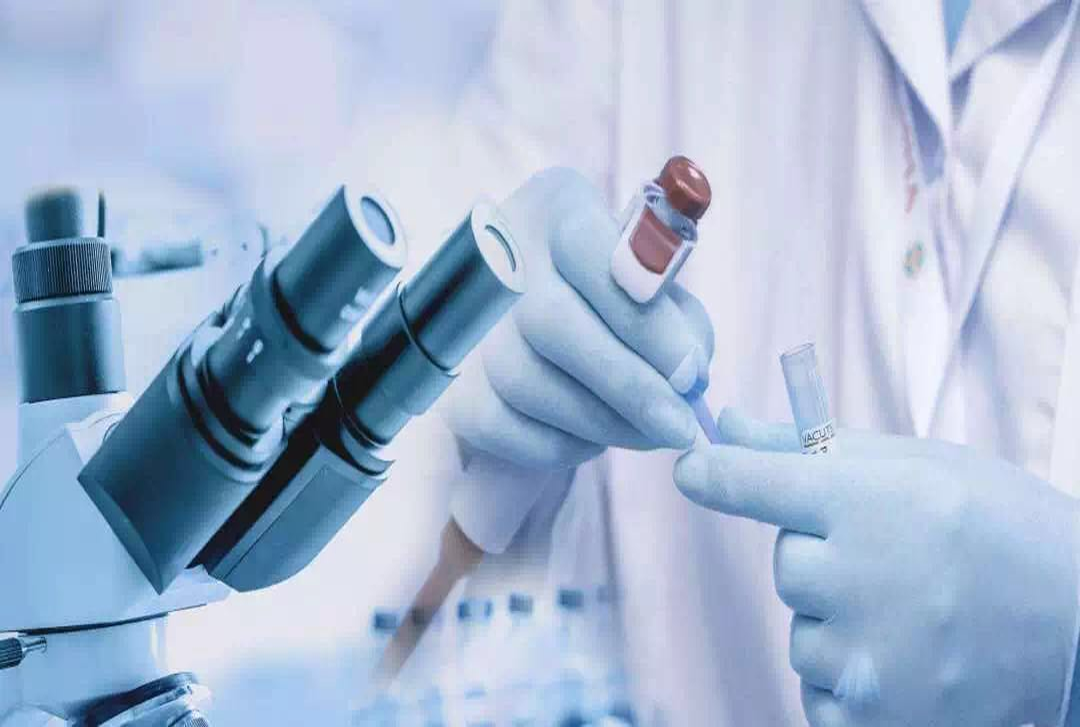Shenzhen BIOCBD Biotechnology Co., Ltd.

Focus on Wechat Public Number
More information available

Focus on Wechat Public Number
More information available

Focus on Wechat Public Number
More information available

Focus on Wechat Public Number
More information available

Focus on Wechat Public Number
More information available

Focus on Wechat Public Number
More information available

Focus on Wechat Public Number
More information available
It is committed to the multi-field development of biological detection technology for life research

Protein purification means that specific target protein components are separated and extracted from tissues, cells or protein mixtures. In addition to ensure high purity of separated proteins, protein purification should also remain bioactivity of them. For this reason, one or multiple combined purification schemes should be designed according to different protein characters. Main thought of protein purification is to utilize similarities and differences of diverse proteins. In detail, non-protein substances can be eliminated based on their similarities; then, the target protein can be separated and extracted according to their differences. Particularly, although many proteins can be expressed by means of genetic recombination thanks to rapid progress in genetic engineering, the level of protein purification has a direct influence on purity and activity of proteins. In this context, protein purification is still a major subject of modern biotechnology.
Proteins obtained through separation and purification are crucial to in-depth research on their structures and functions on one hand; and, on the other hand, protein separation and purification also directly affects protein application effects. Therefore, protein purification plays a significant role in research and applications of biological sciences. In addition, protein separation and purification is deemed as the core technology in bioindustry.
According to specific purification approaches, protein purification can be divided into the following categories.
1.Method of precipitation, including salting out precipitation and organic precipitation. As for the former, saline ions are used to destroy hydration shells on the protein surface, make a hydrophobic domain exposed and then incur sedimentation, so that preliminary precipitation objectives can be achieved. Regarding the latter, organic solvents are used to reduce water activity, destroy hydration shells on the protein surface and eventually result in protein precipitation. Although precipitation is a mild purification method, protein purity is low. Consequently, it only serves as a preliminary purification step.
2.Dialysis method, including dialysis tubing and ultrafiltration. By means of dialysis and ultrafiltration, not only are small molecular weight impurities removed, but protein matrix solution can be replaced.
3. Chromatography, including molecular screen gel chromatography, ion-exchange column chromatography, affinity chromatography (e.g., metal chelate affinity chromatography, protein A/G chromatography, camp receptor protein camp and substrate), hydrophobic chromatography, reverse phase chromatography and high performance liquid chromatography. By combining two chromatography methods together, a better effect can be generated, such as a combination of affinity chromatography and ion-exchange column chromatography.
Except above methods, there are also many other purification approaches. For example, density gradient centrifugation applicable to preparation of high-purity proteins requires stricter experimental conditions; and, protein crystallization is applicable to biostructural analysis, such as research on protein crystals based on X diffraction.
The principle of protein purification is to separate out the target protein at reasonable efficiency, speed, yields and purity; at the same time, both bioactivity and chemical integrity of the target protein remain intact. Primary procedures include selection of experimental materials, pre-treatment of experimental materials, protein extraction, rough fractionation of protein, fine fractionation of protein and protein identification.
During purification, the following details should be kept in mind. First, influence on protein activity should be minimized, such as excessively high or low pH values, high temperature and heavy metals. Second, particular attention should be paid to manipulations in a low temperature condition. Third, concentration of protein in the sample should remain at a level as high as possible.